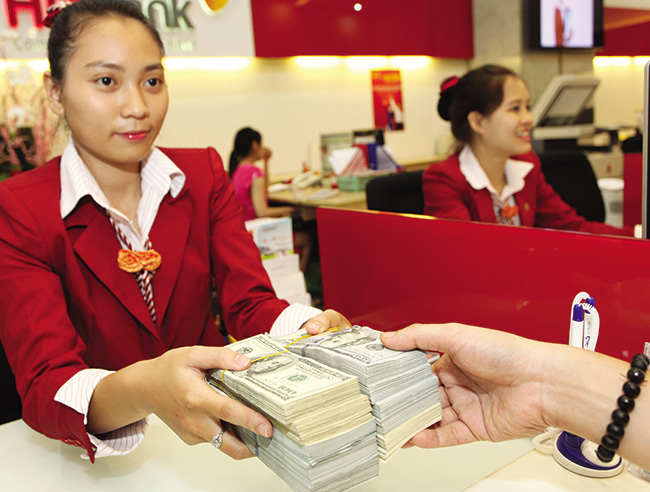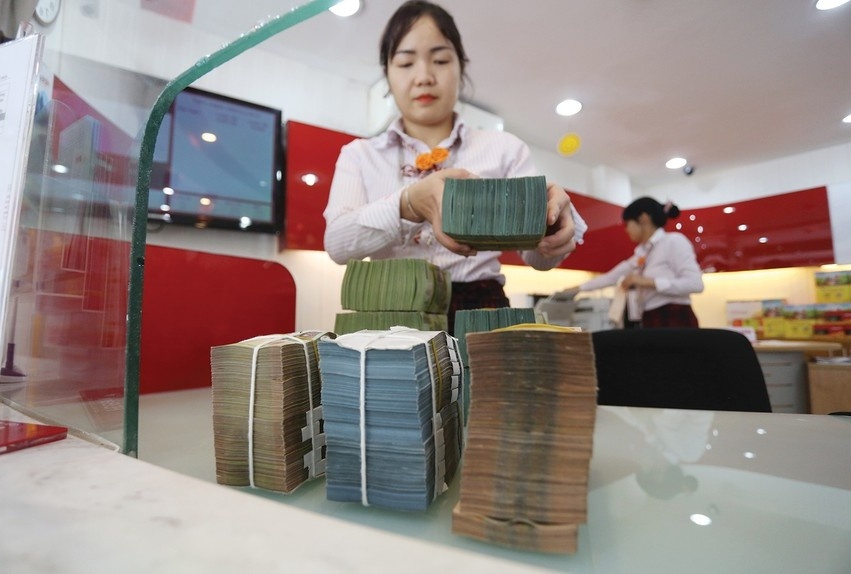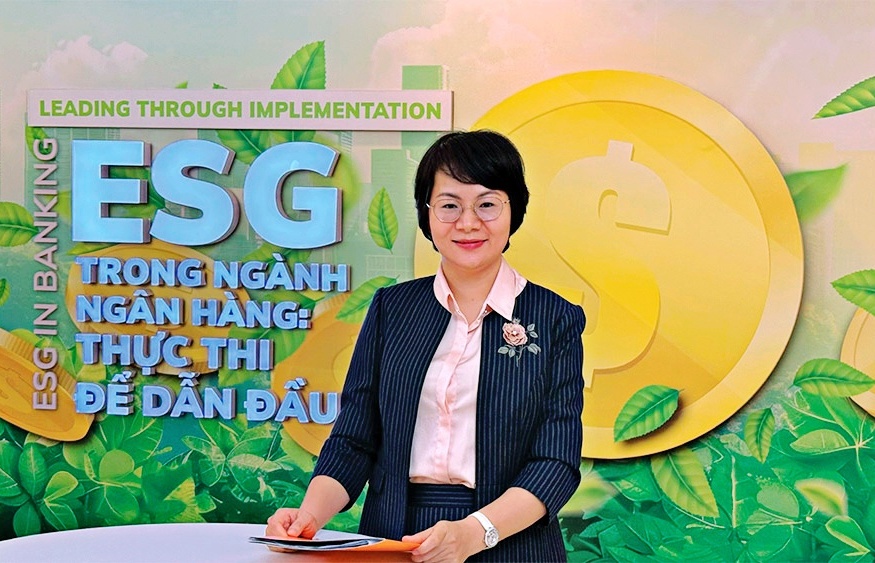Dong devaluation cause for concern
 |
| As the dollar climbs and the yuan falls, experts worry about knock-on effects in Vietnam- Photo: Le Toan |
Dollar heating up
The greenback has picked up its strong points to trade higher against all of the major currencies, following the Federal Reserve chief’s statement in late May prompting higher interest rates in the upcoming months.
In its daily note to clients dated May 31, Kathy Lien, managing director of FX Strategy for BK Asset Management said that May has been a great month for the USD, with the currency’s gains ranging from 1 per cent against the British sterling to nearly 5 per cent against the Australian dollar. “Thanks to these moves, the broader Dollar Index is up over 3.25 per cent, marking the seventh straight year of gains in the month of May”, the note reads.
In the wake of the heated-up dollar, the yuan extends its losses to a 1.55 per cent in May. The People’s Bank of China (PBOC), on May 30, rendered its daily fixing by 0.45 per cent, settling at 6.5784 a dollar, the lowest level in five years.
Dong in response
In response to the developments of the international currency market, the State Bank of Vietnam, according to VinaCapital chief economist Alan Pham, has been more proactive than the PBOC, “as it has reset its daily reference rate higher during the month and towards the end of May”.
“Externally both Fed’s and PBOC’s decisions did not come as a surprise, if not somewhat expected. Having been increasingly integrated into the global market, Vietnam is not immune,” said Le Hong Lien, head of institutional research at Maybank Kim Eng (MBKE) Vietnam. “An MBKE forecast at the beginning of the year stated that the VND could depreciate by around 4 per cent this year in the base case, assuming no large devaluation of the Chinese yuan.”
On Monday last week, the SBV weakened its reference rate to VND21,927 a dollar, following a weakening pattern of the dong against the greenback during the month of May. The reference rate was posted at VND21,937 a dollar last Thursday on the central bank’s website. In the first four months till April, the reference rate built up some 0.2 per cent compared to the start of the year.
“The VND has been under pressure and the SBV has reacted appropriately,” said Pham, noting that “the national currency has depreciated by 0.51 per cent versus the dollar”.
Economic impact
The effect of a stronger greenback on the economy, according to the Ho Chi Minh city-based chief economist, has led to a “$570 million trade deficit in May and is pulling down the year-to-date trade surplus to $1.2 billion from the $1.8 billion recorded earlier”.
Pham noted that the SBV could have enough reserves as it has been buying in dollars from the open market. “It can possibly depreciate the reference rate by less than 0.51 per cent, but I think that is the correct action aimed at protecting Vietnam’s export competitiveness”.
A macro-economic report for May, by BIDV Research Centre, noted that in the past two months the central bank injected some VND72 trillion ($3.28 billion) into the market through its foreign currency trading channel, and since January, the monetary authority has bought roughly $7 billion to bolster its foreign currency reserves.
Further devaluation
According to experts, should the US economic data keep on supporting Fed rate hikes and the yuan continue its losses, the VND will be under pressures in the months to come.
The central bank, however, with its new forex mechanism, can juggle its daily reference rate, so as to reflect international market conditions and at the same time avoiding any shock to the economy, said Pham.
“I do not expect any outright one-off devaluation as occurred in August 2015, as long as China does not do so with the yuan. I expect the VND to decline 3 per cent vis a vis the USD by the end of 2016,” noted VinaCapital’s Pham.
Meanwhile, according to Lien of MBKE, the VND performance year-to-date has been stronger than expected in their view, largely attributing to the trade balance in surplus of $1.4 billion (as estimated at the end of May by the General Statistics Office vs. the $3 billion trade deficit in the same period of 2015).
In addition, the macro indicators in general have been relatively positive including index of industrial production (IIP) and purchasing manager’s index (PMI), despite slow GDP growth in the first quarter of 2016, added Lien.
“Given the government aiming to achieve a 6.7 per cent GDP growth for the whole year, a 7 per cent economic expansion has to be obtained in the third and fourth quarter. We, thus, think that both monetary and fiscal policy will be rather accommodative,” noted MBKE’s Lien.
The policy stance, as pointed out by Lien, has been reflected in recent regulations, namely Directive 04, Circular 06 and Circular 07, and the SBV’s direction to lower borrowing costs for enterprises, allow exporters to borrow in foreign currencies again and delay various requirements to stricken banks’ operations at least until next year. “These, coupled with Fed’s decisions and CNY’s movements, may create pressure on the dong. We therefore maintain another devaluation of VND against the USD from now until the end of the year.”
What the stars mean:
★ Poor ★ ★ Promising ★★★ Good ★★★★ Very good ★★★★★ Exceptional
Latest News
More News
- HDBank in triple victory at listed company awards (November 25, 2024 | 11:38)
- Malaysia's Solarvest and Finhero launch first solar financing fintech solution in Vietnam (November 22, 2024 | 19:50)
- SHB honoured at VLCAs for fourth time (November 22, 2024 | 19:08)
- Central Bank of Cuba chief visits Hanoi to work with VBSP (November 22, 2024 | 15:49)
- Credit sees steady growth towards year-end (November 21, 2024 | 17:46)
- HDBank wins three titles at Vietnam Listed Company Awards (November 21, 2024 | 10:01)
- VLCA’s corporate governance mission (November 21, 2024 | 10:00)
- The promotion of ESG via banking (November 21, 2024 | 09:32)
- Standard Chartered committed to Vietnam’s financial success (November 21, 2024 | 09:24)
- Full ESG adoption the priority for Agribank (November 21, 2024 | 09:07)



















 Mobile Version
Mobile Version